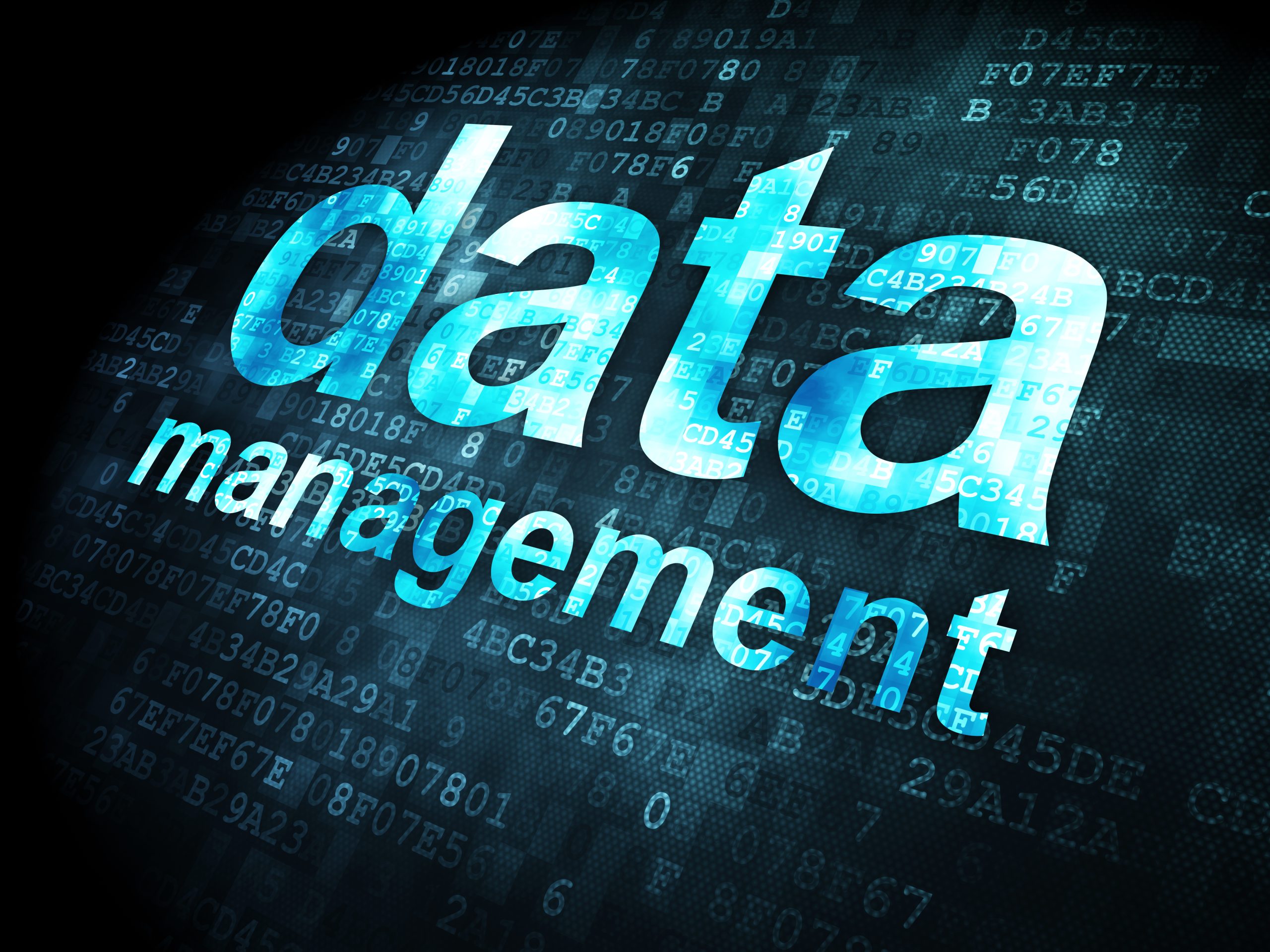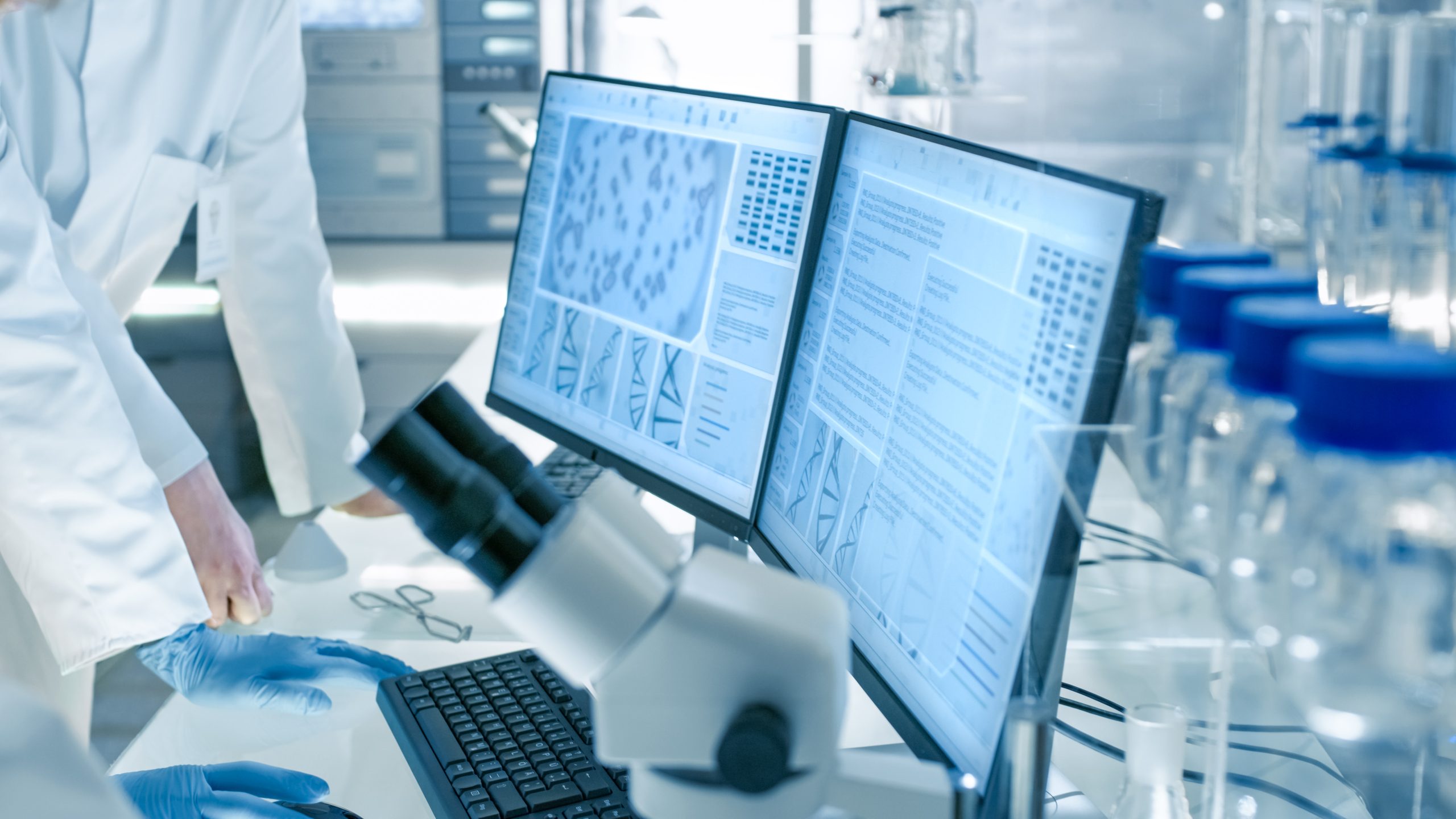 Slated for incorporation into the LabVantage LIMS platform in the next release is a Scientific Data Management System (SDMS), developed with customer- and industry-input to solve real-world lab informatics challenges.
Slated for incorporation into the LabVantage LIMS platform in the next release is a Scientific Data Management System (SDMS), developed with customer- and industry-input to solve real-world lab informatics challenges.
How Laboratory Informatics Software Works for You
In general, laboratory informatics software is broken down into four categories of functionality:
- A Laboratory Information Management System (LIMS) is the primary system. This is where you collect, analyze, review, and approve lab data. This is also where you generate final reporting, such as a Certificate of Analysis.
- An Electronic Laboratory Notebook (ELN) gives you a more free-form approach to recording and storing data. With connections to instruments, and features for reagents and standards, and more, the ELN allows you to quickly execute, document, and store ad-hoc testing for future research.
- A Laboratory Execution System (LES) looks very similar to an ELN page, but forces you into a more rigorous procedure, as is required by routine QA/QC manufacturing tests.
- The Scientific Data Management System (SDMS) helps you easily collect laboratory data – from instruments, for example – and secures that data. It ensures that data remains secure and available for future re-processing. An advanced SDMS system standardizes incoming data, allowing data discovery and data visualizations across instrument models, types, departments, and more.
What You Want from Your SDMS
In talking with researchers, analysts and lab personnel, we discovered something interesting…and unexpected. Most organizations simply use the SDMS as a secure file repository. Even organizations that own a full-featured — and expensive — SDMS system, rarely use the advanced features for data standardization and visualization.
Based on this real-world info, we learned that all labs need to solve three primary problems:
- Control of Instrument Data
Lab Managers cannot easily control instrument–and instrument-related–files. Data can be lost or manipulated. It can become accessible to unauthorized personnel, risking data integrity, product quality and patient safety. - Connection of Complex Instruments
Implementers cannot easily connect complex instruments, and technical solutions become harder to manage over time. This makes implementations more expensive and time-consuming – and also makes future changes much more difficult. - Eliminating Issues with Global Data Collection
Collecting data from remote sites around the world for inclusion in the SDMS can overtax IT infrastructure. The primary concern is that labs with low bandwidth or slow connections will slow down the entire system, impacting the efficiency of those who rely on the SDMS.
 To address these core problems, LabVantage is designing an SDMS solution for its next major release. The LabVantage SDMS will:
To address these core problems, LabVantage is designing an SDMS solution for its next major release. The LabVantage SDMS will:
- Manage instrument-related data in a repository, where data is immediately collected, tracked, secured, audited on change, and can be retrieved for further processing.
- Allow instrument drivers to be created and maintained in a powerful industry-standard UI that sends data to SDMS and LIMS storage as needed.
- Use distributed architecture to overcome bottlenecks.
The LabVantage SDMS will implement a single data collector internally, but will allow individual “collectors” to be installed at any location—at the site, within a department, or even dedicated to a single instrument. In other words, each collector will grab and store data securely—but independently—from other collectors, ensuring that no one collector becomes a bottleneck impacting another.
It’s still early days in the design process, but we expect the upcoming LabVantage SDMS will also implement the following features:
- Capture sets – Complex instruments often output multiple files with some data going to the LIMS, raw data supporting the operation, pictures, PDFs, log files, and more. The LabVantage SDMS will capture not just one file, but organize all files into capture sets of any number of files. This allows the SDMS files to be reviewed together, knowing that while one file may contain data going to the LIMS, additional files may be needed to support the operation’s execution.
- Metadata – One of the most common features of an SDMS is capturing metadata. Since ‘metadata’ tends to be all-encompassing, LabVantage will segment it into:
1. Data that is stored in relationship to the capture (for example, the product from which the sample is taken).
2. Name-value pairs (for example, the date and time on which the capture was taken, the location files were collected from, etc.).
Having this metadata stored in the LIMS/SDMS platform will allow you to review all data captured about a product regardless of site, department, or generating instrument.
- Instrument Connectivity – Since most data captured and stored by an SDMS will come from lab instruments or systems, the new LabVantage SDMS will continue to evolve our LIMS CI technology for connecting laboratory instruments.
By leveraging the industry-leading ETL tool Talend, and creating instrument drivers for extracting LIMS data and SDMS metadata, lab personnel will be able to create drivers using a powerful graphic interface which is sustainable long-term.
- Security – Above all, it is imperative that the new LabVantage SDMS provides your lab with the level of security and auditing you’ve come to expect from our industry-leading informatics software. From ensuring the quality of diagnostic services, to the necessities of meeting industry regulations like cGMPs, the LabVantage SDMS will implement the same operational and data security measures you would expect from our enterprise LIMS software.
While it would be ideal to implement every feature all at once, we prefer to start with a solid foundation. We’ll deliver critical SDMS features first, and then bring in new functionality over subsequent releases – with thoughtful improvements along the way.
The final LabVantage SDMS will include many additional features aimed at addressing our ultimate goal: to equip you with software that allows you to remain in control of your data – ensuring its security and availability, and improving the quality and safety of both manufactured products and lab services.
To learn more about how our new SDMS is being designed with you in mind, get in touch with us today.

